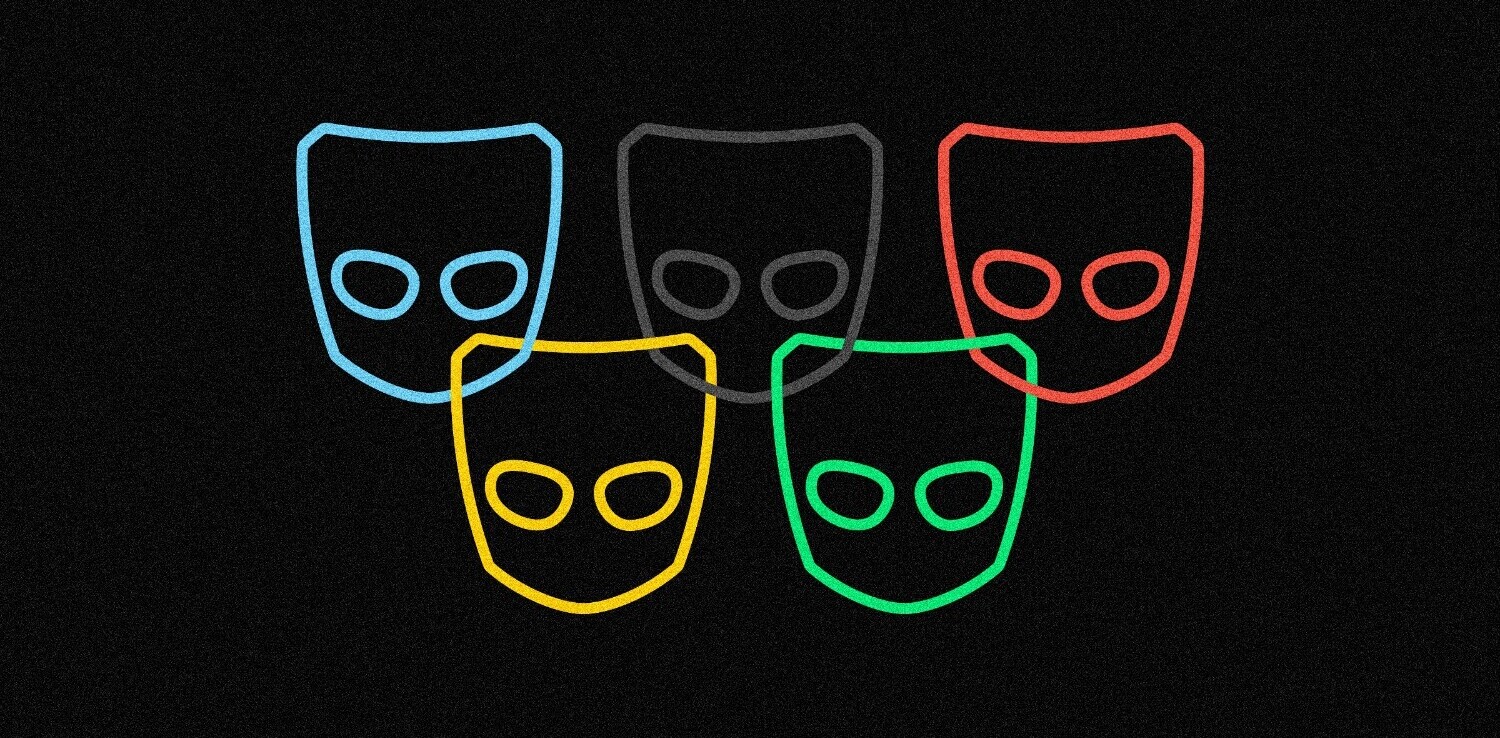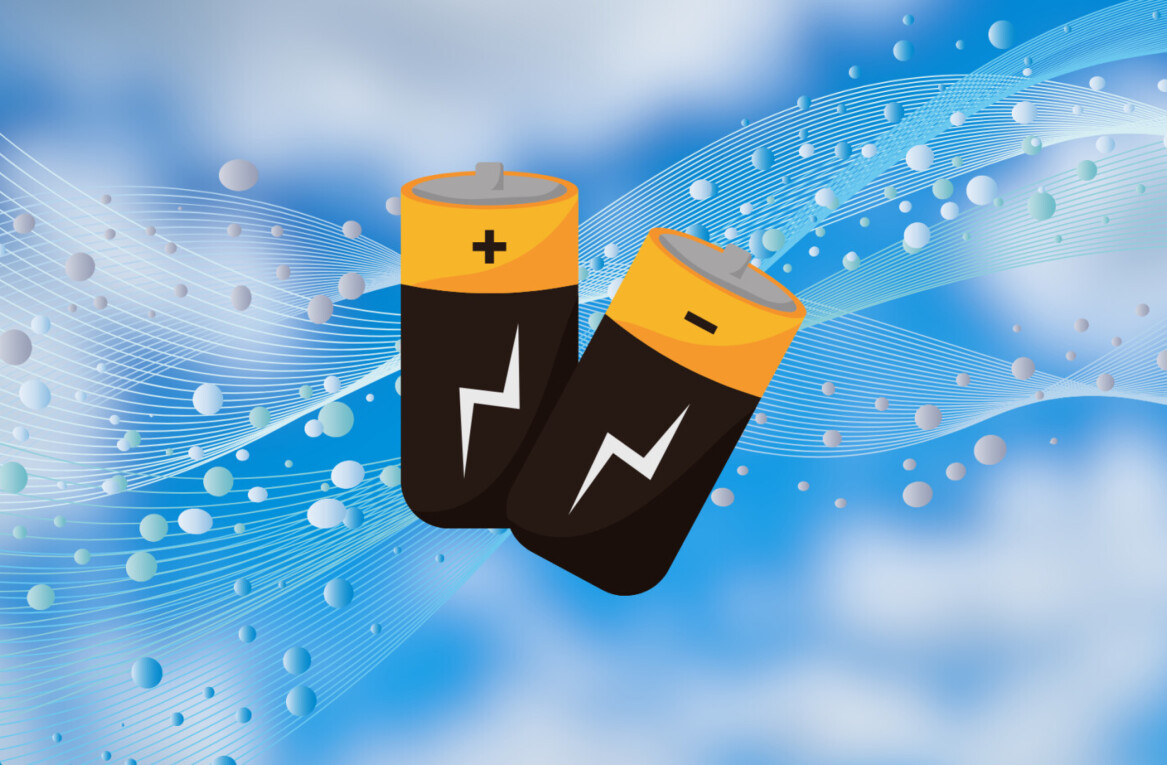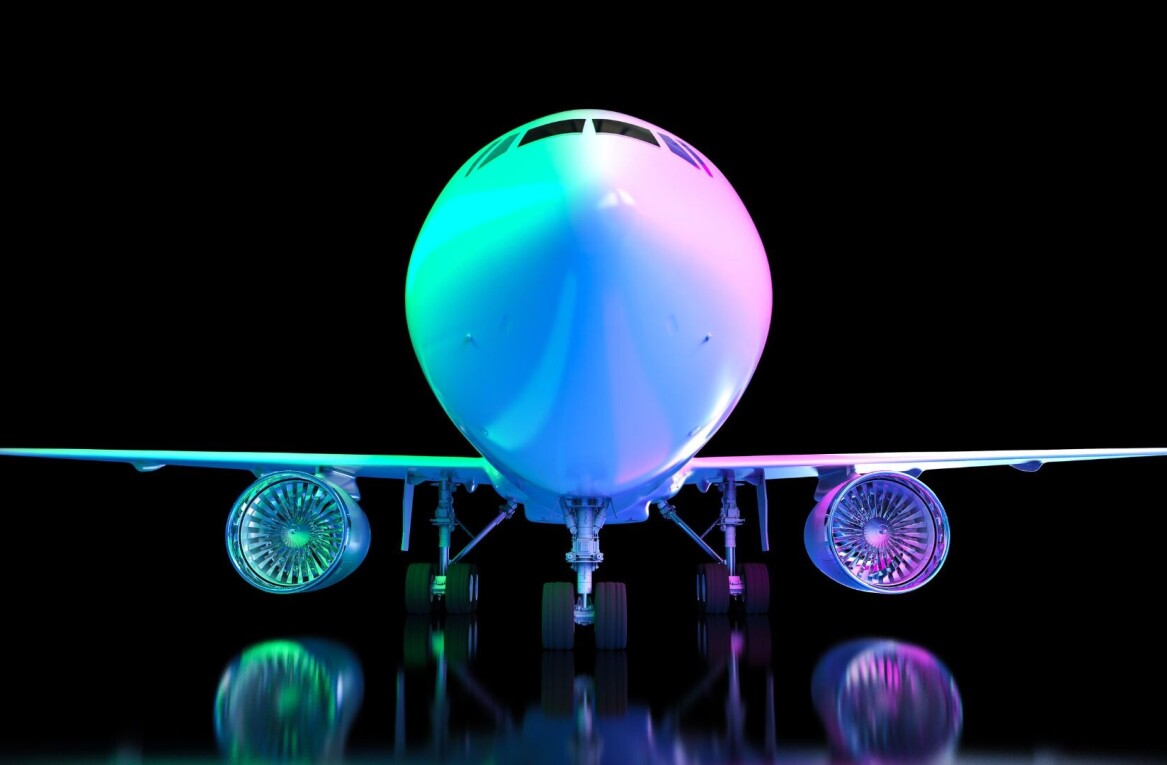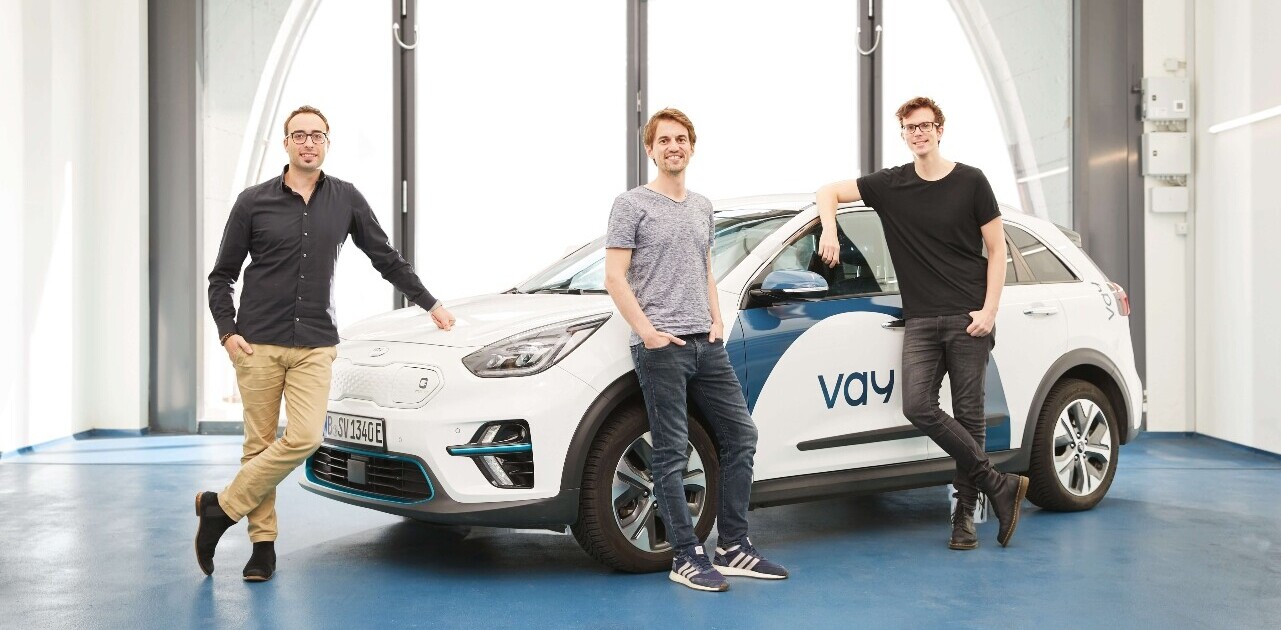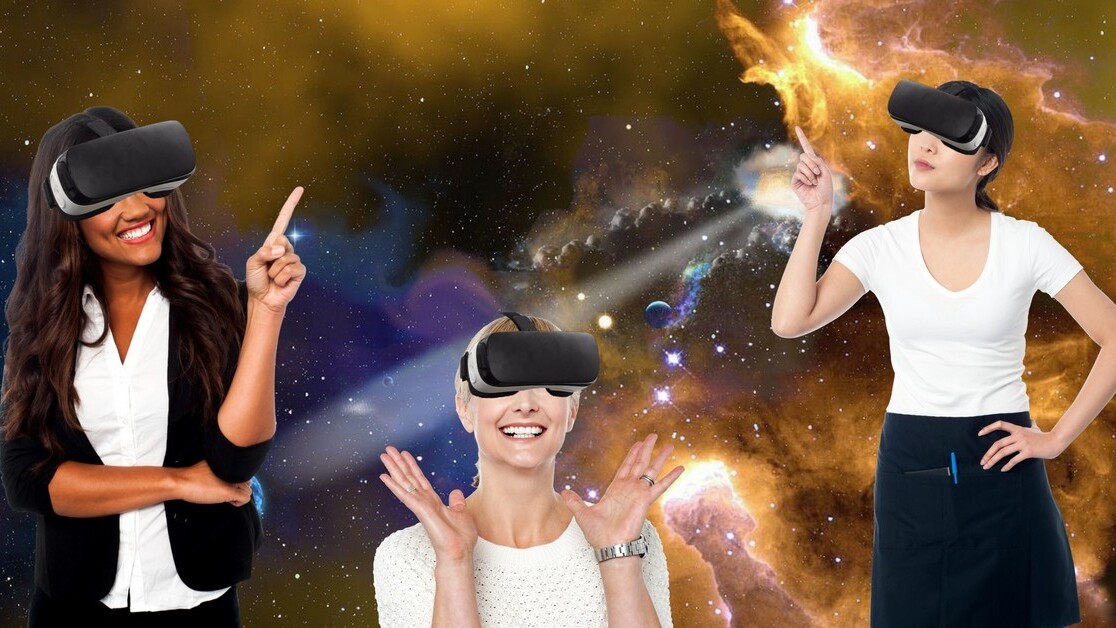
The Ancient Greeks were one of the first peoples to examine the nature of reality. Parmenides, a pre-Socratic Greek philosopher, talks about reality as a phenomenon in which change is impossible and existence is timeless, necessary and uniform. Our conception of reality has most definitely come a long way since then. One of the big questions we find ourselves asking in the modern era is, ‘is reality a singular phenomenon or are there multiple realities?’ Moreover, ‘can we create our own?’
Virtual Reality (VR) is perhaps the closest we have come to create an artificial world that we can interact with in a similar way to reality. The technology has actually been around for a very long time; the first VR headset, called the Sword of Damocles, was created in 1968 by Ivan Sutherland and Bob Sproull.
In fact, humanity has been toying around with VR since before the advent of computers — Stereoscopic photos were invented in 1838 by Charles Wheatstone. The general principles behind the Stereoscope can still be found in VR devices such as Google Cardboard. Despite its long history, the question of whether VR actually has viable real-world application still stands.
“VR adoption is actually going quite fast if you consider how disruptive the tech is,” says Hadrien Lanvin, Board Member and CEO of Innerspace VR.
When building immersive experiences (VR/AR/MR), a pipeline from start to finish was simply impossible to achieve even 2 years ago. And yet, all the major hardware manufacturers have or are just about to release high-end headsets (Facebook via Oculus, HTC, Samsung, Acer, Dell, HP, Lenovo), and software giants are moving in the same direction (Facebook again, Microsoft, Google).
“The last major player to resist the headset craze, Apple, is reportedly working on an AR headset to be released in 2020,” he added.
Remember, 2016 was the first year you could actually walk into any electronics store and have a fair chance of being able to buy a VR headset. This gives us 2 years of data; looking back at the adoption rate of past revolutionary technologies (Phone, TV, PC, Consoles, Mobile Phones, Electric Cars), I’d say VR is actually doing quite well. When people say the adoption rate for VR is disappointing, I feel this is because the early predictions were insane, and I can’t think of anyone serious in the industry who took them at face value.
The demarcation between Virtual Reality and Real Reality is becoming a little blurred — just about anything that exists in the real world can be simulated in VR. As the technology advances, the expectation and excitement surrounding potential applications are reaching new heights. It could be used for a variety of business, marketing, training, education and social purposes. The potential is limitless and restricted only, perhaps, by the human imagination.
Content is the key to VR adoption
Unless they have been living under a rock for the past about 30 years, almost everyone has heard of ‘virtual reality.’ We asked Hadrien what, in his opinion, is the most exciting use case for VR; he champions location-based entertainment (LBE) as one of the most long-term potentials. On this, he said, “I often hear LBE is a transitional state for VR, but I’m a huge believer in LBE as a viable vertical for immersive content, be it narrative, musical, experiential, gaming, or all of those things.”
Addressing whether there is room for smaller studios to flourish in the VR space, Hadrien referred to current situation with content development, “VR is a great space to be in right now, as it doesn’t really make sense for incumbents from other industries in entertainment – film and games, essentially – to enter the space just yet. The market, while growing, is just not big enough for them to justify the type of investments they’re used to, which means there is still a lot of space for smaller studios.”
“At the same time, we’re progressively moving past the purely experimental times, and slowly closing the feedback loop with the user base,” he concluded. “This means we’re getting feedback on our experiences. And this is where things become exciting: creators are less and less creating in a vacuum, but more and more building for an audience. Getting back to the first question, this is the first step towards mass adoption.”
Case 1: Revolutionizing architecture
In architecture is a discipline that requires a good sense of space and a strong awareness of how a building or structure relates to its surroundings. VR allows architects to not only see their design before it’s constructed but also to create 360º panoramas that they can share with clients.
“When our customers present a space to their client in [virtual reality], they can make changes to the space,” CEO of DesignVR, Doug Clark explained to Americaninno.com. “When those are made, they can see the budgetary impact. Then, they can complete the project with an e-commerce transaction.”
This application takes a 3D CAD file and converts it into a VR presentation using DesignVR. An additional benefit of VR in architecture is to disagreements that invariably creep up between architects, engineers, clients, interior designers, and contractors.
VR makes it possible to see the effect that various changes will have if they are implemented, so suggestions can be taken on board with ease. Furthermore, the ability to bring projects to life before they are built allows for city officials to conduct preliminary inspections and assess the impact of the design on its proposed location.
Case 2: International and interplanetary travel
Remember the Star Trek holodeck? Well, Google has teamed up with Discovery to create a 38-part VR series called “Discovery TRVLR.” Viewers are taken on a virtual travel experience with the help of Google Daydream and Cardboard headsets.
There are actually a number of really great free VR applications that allow users to explore this mysterious planet of ours. One of the biggest advantages of VR devices is that it enables relatively cheap ‘travel’ and it is also safe. VR offers experiences like scuba diving or ruin exploration that, for some people, may not be possible due to physical constraints. In addition, historical and heritage sites that have been lost to the ravages of time or vandalism can also be resurrected through VR.
Existing travel companies can also leverage VR in a number of creative ways. It can be used as a sales tool to advertise particular holiday destinations or travel products. For example, cruise ship companies can showcase their facilities and encourage people to buy passage. Similarly, airlines can display the latest cabins or entice customers to upgrade their seats for a first-class experience.
Сase 3: Military preparation
It is common practice for militaries to engage in war games — exercises used to train for operations or test strategies and combat readiness. The problem is that military training is expensive and, at times, dangerous. Virtual Reality provides a solution to both these issues.
VR has been employed in all three branches of the British Armed Forces i.e. Army, Navy and the Air Force. Its current uses include flight simulation, combat medic training, battlefield simulation, vehicle simulation and training recruits in a virtual boot camp. The safety and economic appeal of VR have meant that many other countries have also chosen to implement it into their military training.
According to Gizmodo, the Australian Army will be using VR for ‘resilience training’. The website quoted Associate Professor Rohan Walker of Hunter Medical Research Institute as saying, “it can be difficult to test for cognitive resilience when subjects have to be the judge of their own ability. There can be multiple factors at play like being unsure of their own limits.”
He told Gizmodo, “the benefits of utilizing a virtual scenario test to simulate your response are huge, but one major factor is that we can provide an accurate picture of where a trainee is at in the testing and how well they have responded to the simulated scenarios.”
Case 4: Revamping retail
Singapore is pushing to complete its first ‘digitally-enable neighborhood.’ The Infocomm Media Development Authority (IMDA) hope to use emerging technologies, including VR, to transform the digital capabilities of the Malay enclave of Kampong Glam in order to provide a “richer and more immersive customer experiences.”
It is not only city-states that are looking to change their retail landscapes, payment processors are also jumping in on the action. Earlier this year, as reported by VRfocus.com, MasterCard partnered with Swarovski to create a VR experience for shoppers which allowed customers to browse through a house filled with Swarovski products, all of which were for sale.
Now Mastercard has embarked on another interesting venture with Qualcomm and ODG — an augmented reality (AR) shopping experience where shoppers can authenticate purchases via iris recognition.
The company’s Vice President of Digital Partnerships, Sherri Haymond, told vrfocus.com, “as the physical and digital worlds blend together, we are focused on developing solutions that provide merchants with the ability to accept payments across all technology platforms possible—in-store, in-app, online, and in AR and VR—to help drive how people will experience shopping and payments in the future.”
Case 5: Training dentists
Training to become a dentist is, unsurprisingly, quite intense. Fortunately, dentists can now use VR to make the whole process a little bit less stressful both for themselves and their patients. According to a preliminary study on using VR to train dental students by Vicki R. LeBlanc, simulators are an effective learning tool because they allow for practice in a controlled environment and they are adaptable to flexible scheduling for students as well as instructors.
“They offer an arena for students to test and observe the results of dental procedures without any patient morbidity,” the paper states. “They also facilitate repetition of the skills to be learned, offer controlled training variations, and provide opportunities to quantitatively assess student performance. Students can thus learn how to deal with the outcomes of their actions in safe environments.”
Moreover, The Verge recently reported on dentists that are offering a ‘deluxe VR package’ to go with procedures. With this option, patients can go on a relaxing trip to the planetarium while the procedure takes place. However, there is a $200 penalty for patients who get motion sick from the VR experience.
Case 6: Driving
For decades, the automotive industry has been offering potential buyers the same old test drive — you go to a dealership, hop into a test car and take it for a quick spin. What if you could, instead, take the car out onto a racetrack for a real test drive? Or jump over sand dunes? Well, this is now possible with a little bit of help from VR.
One of the greatest challenges that the automobile industry is facing is a decline in young drivers. Hoping to change this, Audi has created a simulated VR experience called ‘SandBox’. This simulator allows users to test drive an Audi Q5 using a VR headset, a steering wheel and a pair of pedals.
On the topic of the decreasing number of young drivers, The Atlantic highlighted a study by Michael Sivak and Brandon Schoettle from the University of Michigan Transportation Research Institute. The study stated that, between 2011 and 2014, the percentage of people with a driver’s license fell across all age groups; for people aged between 16 and 44 that percentage has been steadily decreasing since 1983.
Goodyear recently launched a VR application to catch young drivers before they qualify for a provisional license; with the help of Google Cardboard, they are putting young people in the driver’s seat to teach them about the dangers of distracted driving.
Case 7: Clinical therapy
Developers of VR applications are demonstrating more and more that the potential applications of VR extend far beyond entertainment and gaming, and can genuinely benefit society. There has been significant research into the potential clinical uses of VR. Most recently, we have seen some really positive progress in the development of VR to support treatment for Post-traumatic Stress Disorder.
Post-traumatic Stress Disorder, or PTSD, is a condition that affects many survivors of trauma including war veterans. According to the US Department of Veteran Affairs 11-20% of US veterans deployed in the Iraq wars suffered from PTSD; in case of Vietnam war, that figure was 30% in their lifetime. In the treatment of PTSD, VR can be used for exposure therapy — patients are put in situations that trigger their PTSD such as a battlefield and, guided by a trained therapist, they are given the tools to confront and cope with their traumatic memory.
Simulations can be stopped at any point if they become too much to handle and deep breathing, along with other anxiety alleviating therapies, can be initiated to try to assuage the problem.
This post was written by Joseph Young for Binary District, an international сollaborative technology community which creates unique competency-based workshops and events on new technologies. Follow them down here:

Get the TNW newsletter
Get the most important tech news in your inbox each week.
